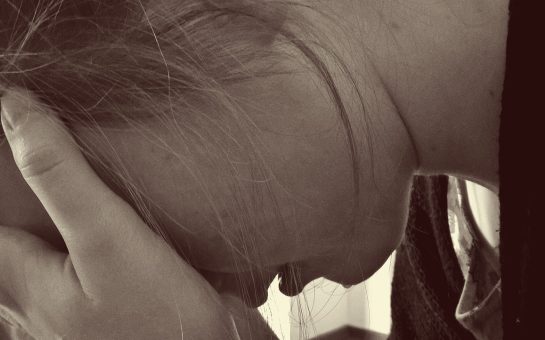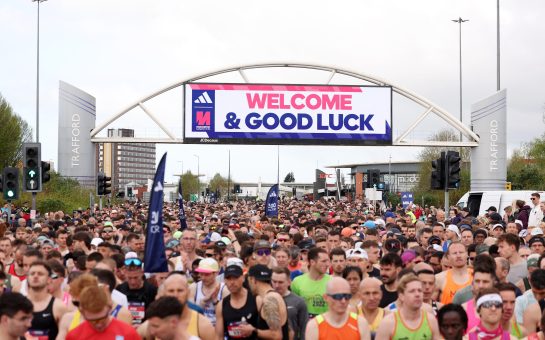Manchester has the fourth highest child poverty rate in the UK, according to figures released by a national charity children’s charity.
While Manchester’s city centre appears to be undergoing constant regeneration, in areas walking distance from the city centre, such as Moss Side and Hulme, nearly half of children live in poverty.
Manchester rates fourth as a local authority (council) and the parliamentary constituencies of Manchester Central and Manchester Gorton rate fourth and tenth accordingly.
The top 10 constituencies are exclusively in the cities of Manchester, Birmingham, and London, according to the research conducted by End Child Poverty.
Manchester wards most affected include Hulme, where 47.47% of children live in poverty, Moss Side, where the statistics are as high as 49.43% and Longsight with a 46.55% figure.
Despite remaining above the national average, the lowest area is Manchester is Didsbury West where 11.42% live in poverty.
Hulme Councillor Mary Murphy said: “Because of recent regeneration, people in the Town Hall don’t think there’s any poverty in Hulme, but the same people who were poor twenty years ago are still poor today.
“Families struggle on a day to day basis. To make sure their kids don’t look poor when they go to school, women will often go without food or clothing.”
Chair of End Child Poverty David Holmes, said: “Far too many children whose parents are struggling to make a living are suffering as a result and missing out on the essentials of a decent childhood that all young people should be entitled to.”
The figures have also been released with an interactive map which shows the areas of the country with the highest levels of child poverty.
Councillor Murphy blamed government cuts for the situation.
“She said: “I despair about improvement. I don’t have any answers except get them [the current government] out.”
Across the UK, 87 constituencies had estimated child poverty levels that fall below the government’s 10% target for 2020. The national average is around 20%.
A YouGov poll conducted last year said that 82% of the general public believed child poverty should be a government priority.
Manchester’s Family Poverty Strategy 2012-2015 cites lack of skills, entrenched unemployment, poor paid or temporary work and family breakdown as factors for the atrocious poverty levels in the city.
The strategy document goes on to say: “Growing up in poverty adversely affects the lives of children in many ways – infant mortality, low birth weight, childhood obesity and poor educational attainment can all be caused by a poor family background and negative early experiences.”
Visit End Child Poverty for more information by clicking here.
Image courtesy of Nick Page, with thanks.



